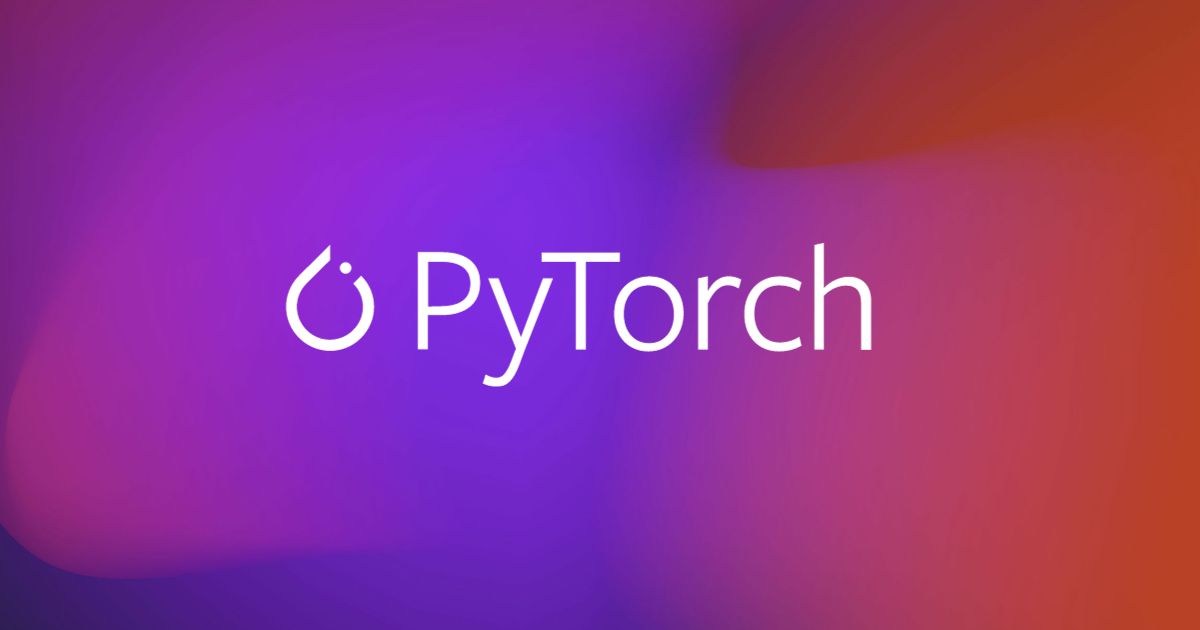Efficient training of modern neural networks often relies on using lower precision data types. Peak float16 matrix multiplication and convolution performance is 16x faster than peak float32 performance on A100 GPUs. And since the float16 and bfloat16 data types are only half the size of float32 they can double the performance of bandwidth-bound kernels and reduce the memory required to train a network, allowing for larger models, larger batches, or larger inputs. Using a module like torch.am...| pytorch.org
Most deep learning frameworks, including PyTorch, train with 32-bit floating point (FP32) arithmetic by default. However this is not essential to achieve full accuracy for many deep learning models. In 2017, NVIDIA researchers developed a methodology for mixed-precision training, which combined single-precision (FP32) with half-precision (e.g. FP16) format when training a network, and achieved the same accuracy as FP32 training using the same hyperparameters, with additional performance be...| pytorch.org
GPUs accelerate machine learning operations by performing calculations in parallel. Many operations, especially those representable as matrix multipliers will see good acceleration right out of the box. Even better performance can be achieved by tweaking operation parameters to efficiently use GPU resources. The performance documents present the tips that we think are most widely useful.| NVIDIA Docs


